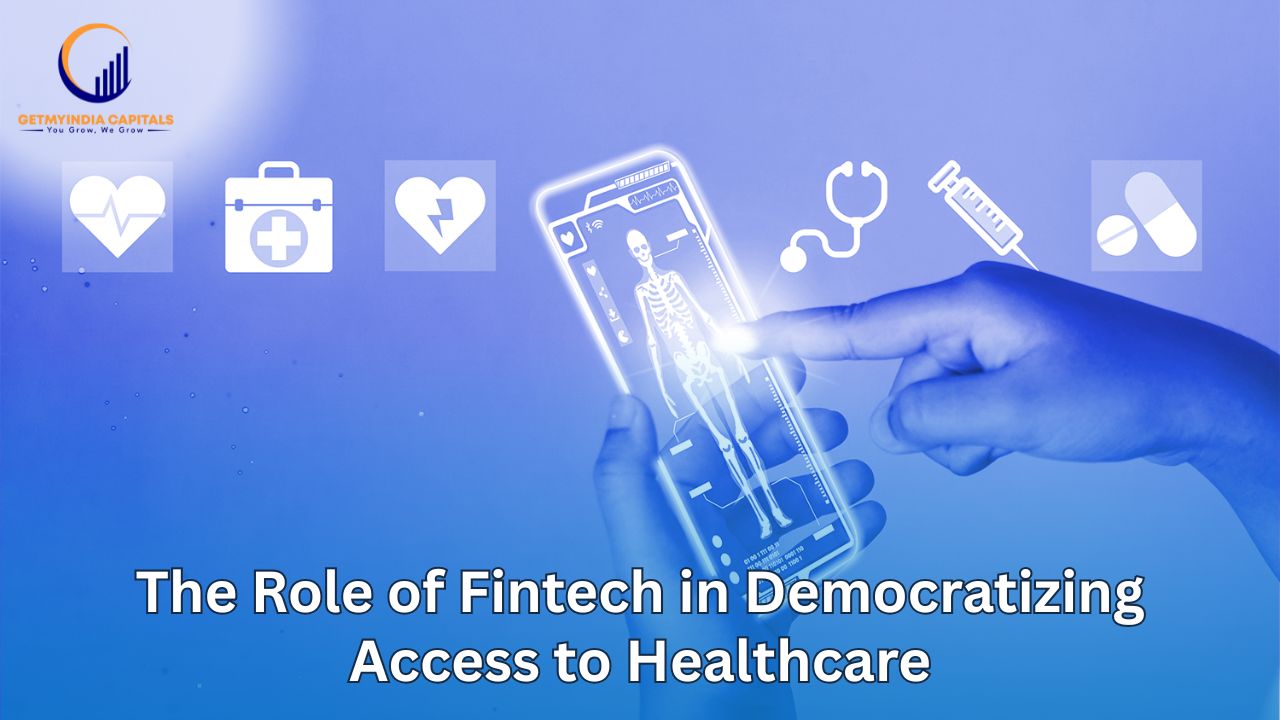Introduction
The convergence of healthcare, finance, and technology is causing a radical transformation in India’s healthcare system. In addition to making payment processes easier, these advancements make it possible for more people to afford and receive medical care. Fintech is making a big difference in how healthcare is paid for in India by integrating payment systems into healthcare-specific mobile apps and offering a variety of payment options such as credit lines, digital wallets, and no-cost EMIs.
Where Fintech and Healthcare Intersect
Often referred to as “Fintech for Healthtech,” the intersection of ‘financial technologies’ or ‘fintech’ and healthcare is changing how patients handle their medical bill payments. For Indians looking to reduce their family’s healthcare costs and those looking to access instant funds to pay for their family’s medical bills, when they are faced with insufficient insurance coverage in particular, traditional payment methods almost always fail. In essence, paying for healthcare is a high-friction experience. Fintech solutions address these issues by providing unique, simplified payment systems and flexible choices, regardless of whether medical expenses are covered by health insurance or not.
Role of Technology in Healthcare Payments
Fintech solutions eliminated inefficiencies in medical insurance payments. Advanced algorithms analyse customers’ payment behaviour, predict defaults, and customise premium plans. Customers can receive support through AI-driven chatbots, while blockchain ensures that transactions are secure and tamper-proof.
Automation further eases this process by enhancing scheduled payments and avoiding policy lapses and missed deadlines. Digital interfaces also enhance cross-border healthcare payments in the seamless settlement of premiums for global policyholders.
AI, blockchain, and automation are the top fintech innovations in insurance payments. These innovations cut costs, improve compliance, and enhance the customer experience in healthcare finance.
Digital Payment Platforms
Digital payment platforms are eliminating the difficulty with medical insurance premium payments. Today, customers can pay premiums through UPI, mobile wallets, or automated debit instructions. Real-time tracking helps ensure that no due date goes unnoticed.
Insurers use AI-driven insights to personalise premium plans based on payment behaviour, making insurance more accessible to various income groups.
Subscription-Based Healthcare Models and Embedded Finance
Traditional insurance models are based on lump-sum payments or rigid monthly premiums. Fintech is bringing subscription-based models, allowing consumers to pay in smaller, manageable instalments.
Embedded finance, where payment options are integrated directly into healthcare services, is also gaining traction. Policyholders can pay premiums alongside other medical expenses, improving affordability and accessibility.
Role of Mobile Apps in Premium Management and Payment Tracking
Insurers have been developing mobile apps that make policyholders all-powerful. The apps ensure that users get to:
- Manage their payments;
- Track premium dates and receive reminder notifications;
- Benefit from multiple flexible payment plans;
- View detailed information about a policy and modify coverage in real-time;
- Chat with customer services through AI chatbots;
AI in Financial Decision-Making
AI is changing the landscape of healthcare payments by automating risk assessment, fraud detection, and premium calculations. Insurers are applying machine learning algorithms to analyse data to predict affordability and AI-powered chatbots assist consumers in handling their payments. AI-driven real-time payment processing accelerates payment efficiency, reduces delay, and makes it easier for customers to experience transactions as seamless and intelligent.
Usage-Based Insurance and Dynamic Premium Pricing Models
Fintech has changed the approach from the fixed premium approach to dynamic premium pricing, directly based on health data in real-time. Health habits among those policyholders are encouraged. Using wearable devices, lifestyle tracking, and even AI-driven analytics allows premiums to be adjusted to help keep wellness goals.
Block Chain and DeFi
Decentralised Finance, or DeFi, removes the intermediaries using blockchain to make premium payments, lend, and process claims. Smart contracts permit dealing with peer-to-peer in real-time, avoiding fraud and administrative costs. Peer-to-peer insurance models provide transparent coverage towards a community based on a dynamic system of user involvement. Despite regulatory hurdles, DeFi promises to improve accessibility, efficiency, and trust associated with healthcare payments.
Conclusion
The convergence of fintech and healthcare is reshaping India’s healthcare landscape, making medical care more accessible and affordable. By integrating digital payment platforms, AI, blockchain, and automation, fintech is eliminating inefficiencies in healthcare payments, offering flexible options like subscription models and dynamic premium pricing. Mobile apps are empowering consumers to manage premiums and track payments seamlessly. Moreover, innovations like usage-based insurance and decentralized finance (DeFi) are transforming how healthcare expenses are financed and processed, fostering greater transparency and trust. Despite challenges, these advancements promise to significantly enhance the affordability, efficiency, and accessibility of healthcare in India.
GetMyIndia.com RaysVeda.com GetMyStartup.com LawCanal.com ABHAYRAY.COM ZinCob.com

